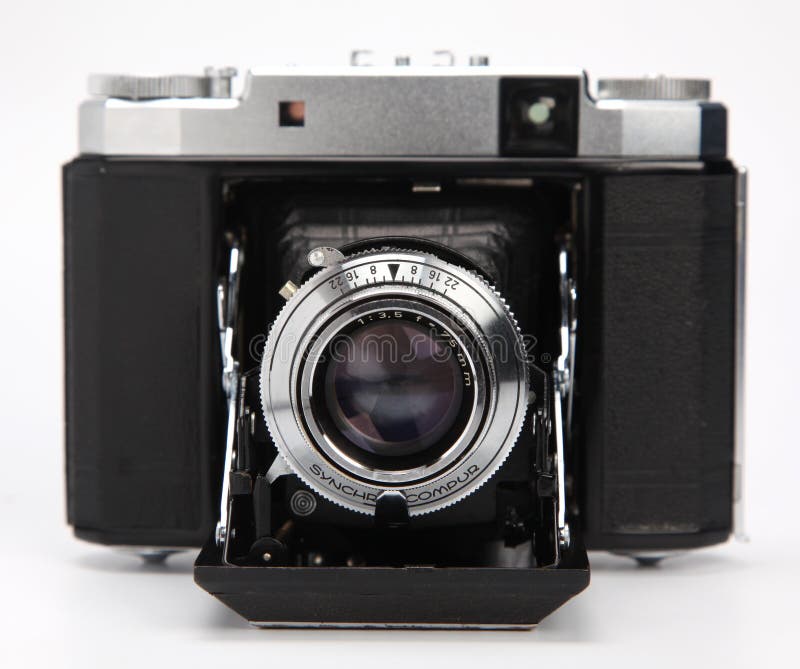
It had a built-in microprocessor computer programmed to automatically analyze different segments of the light meter field of view and select a corrected exposure. It was the first camera to offer a multi-segmented (or matrix or evaluative) exposure light meter, called Automatic Multi-Pattern (AMP). The Nikon FA is a historically significant camera.

The limited-production Nikon FM3A of 2001 continued to use this body design until 2006. The FM/FE series have only minor external controls and cosmetic differences, but the FA had a distinctly chunkier body and larger, boxier pentaprism cover to house its extra electronics. The FA was the most sophisticated member of the remarkably long-lived, classic Nikon compact F-series SLRs and was built upon a compact but rugged copper-aluminum alloy chassis developed from the ones used by the earlier Nikon FM (introduced in 1977), FE (1978), FM2 (1982) and FE2 (1983) cameras. Note that SLRs usually sold for 30 to 40 percent below list price. The introductory US list price for the chrome body only (no lens) was $646. It was available in two colors: black with chrome trim and all black.
#Fa camera retro plus
The FA used a titanium-bladed, vertical-travel Nikon-designed, Copal-made focal plane shutter with a speed range of 1 to 1/4000th second plus Bulb and flash X-sync of 1/250th second. ( Nikon Corporation since 1988) in Japan from 1983 to 1987 (available new from dealer stock until circa 1989). It was manufactured by the Japanese optics company Nippon Kogaku K. The Nikon FA was an advanced amateur-level, interchangeable lens, 35 mm film, single-lens reflex (SLR) camera.

High Speed Program, Program, Shutter priority, Aperture priority, Manualġ-1/4000s, 1/250s mechanical backup, BulbĮither two LR44, two SR44 batteries, or one 3V CR 1/3N.


 0 kommentar(er)
0 kommentar(er)
